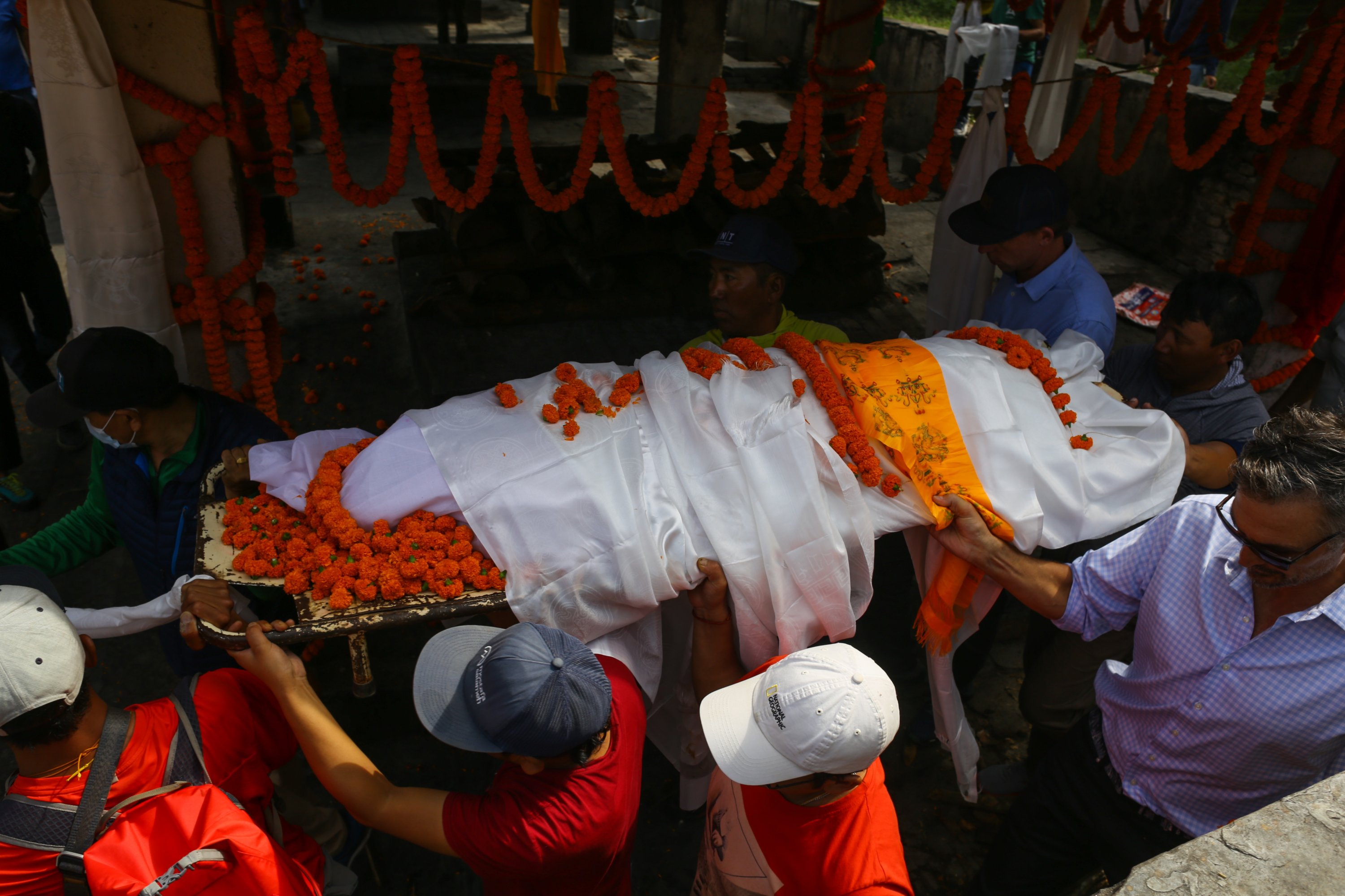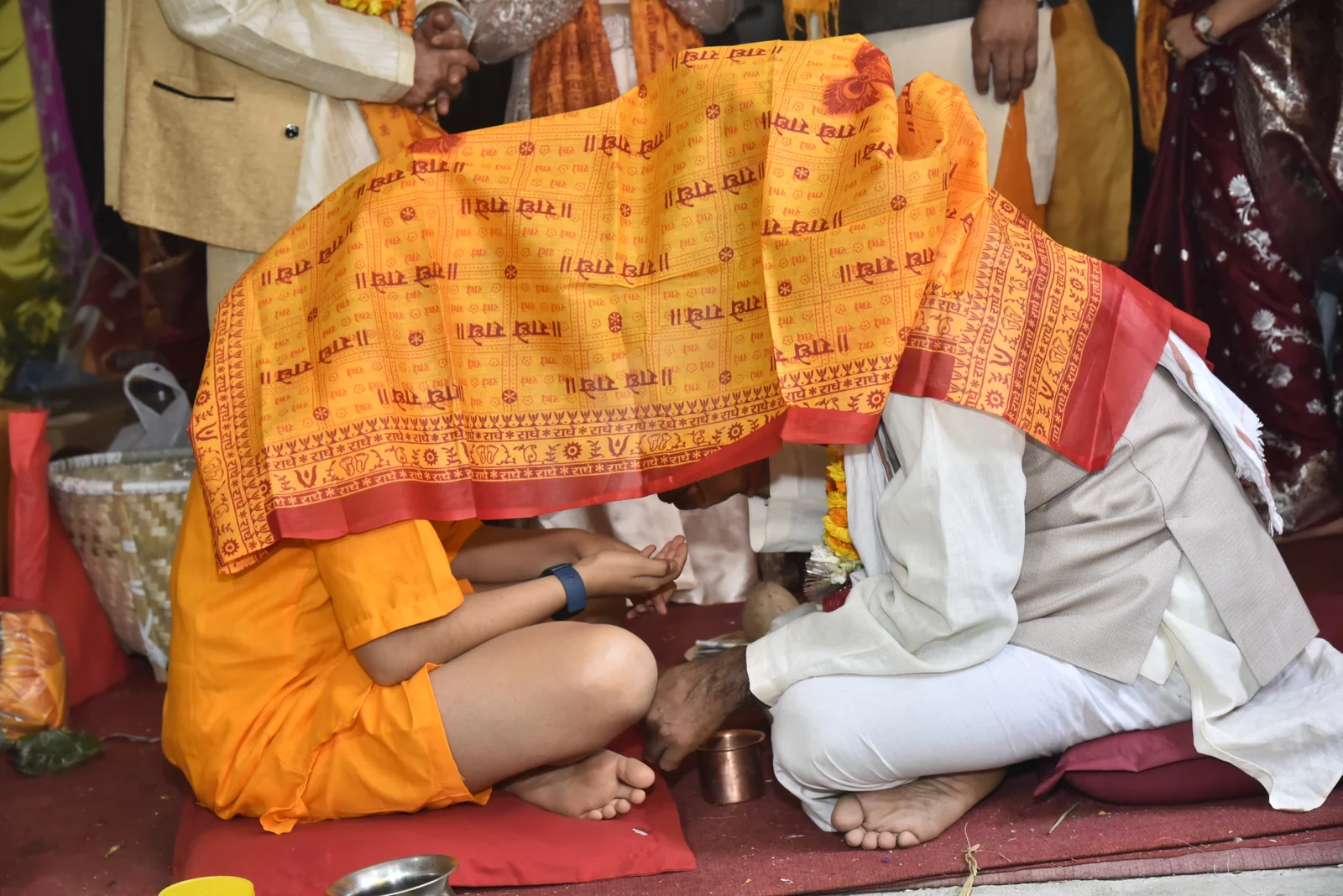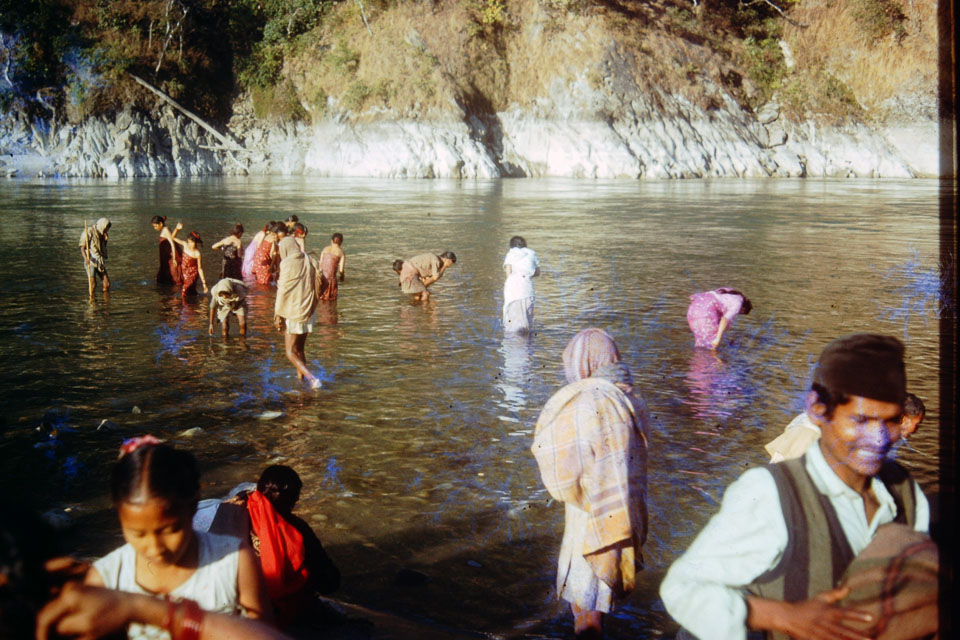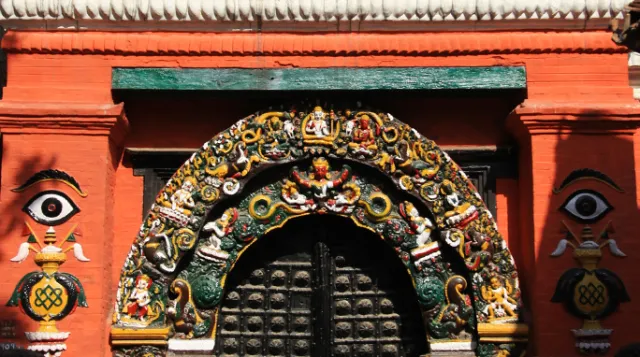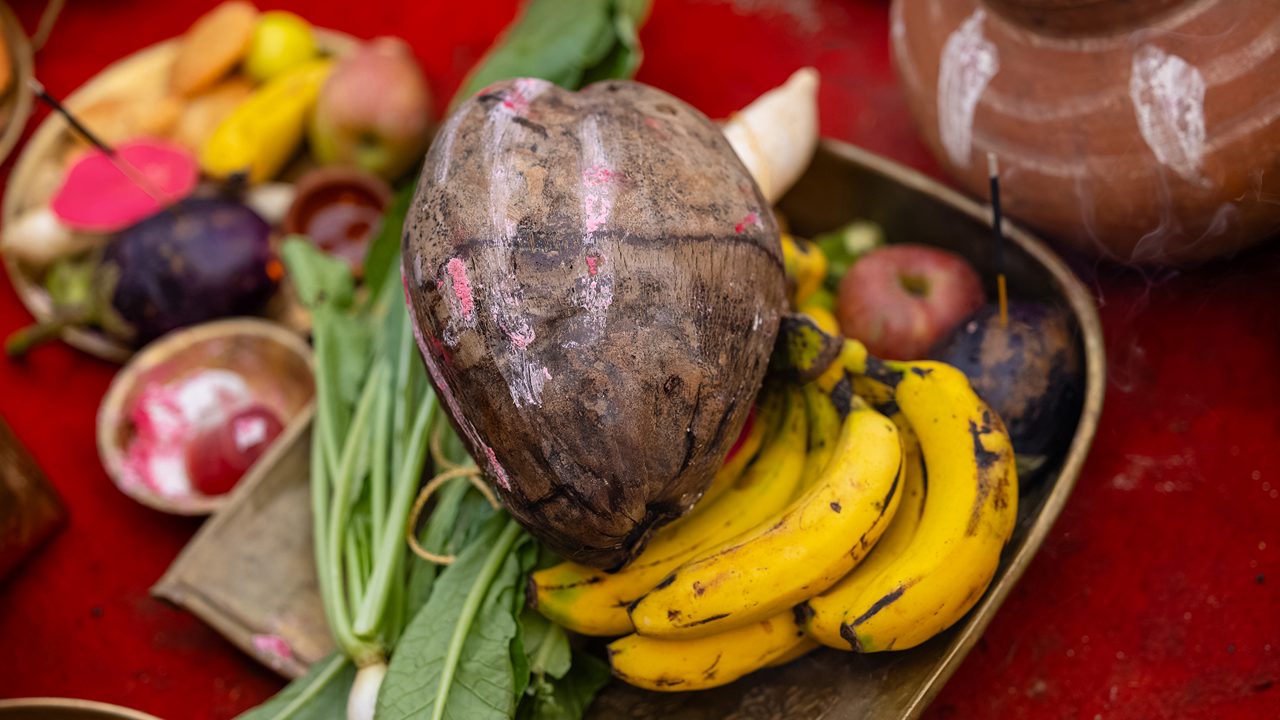Share this Article
Introduction
Chhath Puja is one of the most sacred and ancient Hindu festivals, deeply rooted in the culture of the Mithila and Madhesh regions of Nepal as well as parts of northern India. The festival is devoted to the worship of Surya Dev (the Sun God) and Chhathi Maiya, who is believed to be the sister of the Sun and the goddess of energy, prosperity, and purity. What makes Chhath Puja truly special is the spirit of discipline, self-control, and simplicity that defines every ritual, every prayer, and every meal prepared during the four days of celebration. The food of Chhath Puja holds profound religious, cultural, and symbolic significance, representing purity and gratitude towards nature. Every dish is prepared with meticulous care, using natural ingredients and following ancient customs that have been passed down through generations. The preparation, offering, and consumption of food during Chhath are acts of devotion and respect for the Sun God, symbolizing the eternal connection between humans and nature.
The Spiritual Meaning of Chhath Puja and Its Foods
Chhath Puja is not just a festival but a form of spiritual discipline that promotes cleanliness, purity, and harmony between the body, mind, and environment. Devotees observe strict fasting, abstain from eating outside food, and prepare special dishes only after taking a holy bath in sacred rivers or ponds. Food during Chhath Puja is prepared without salt, onion, garlic, or artificial ingredients because these are believed to disturb the purity of the offering. Every dish represents the devotee’s devotion and is considered sacred prasad once offered to Surya Dev. The act of cooking itself becomes a prayer — a meditative process that reflects gratitude towards the natural elements: fire, water, earth, air, and sunlight.
The Four Days of Chhath and Their Culinary Traditions
Chhath Puja is celebrated over four days — Nahay Khay, Kharna, Sandhya Arghya, and Usha Arghya — and each day has its distinct set of rituals and food traditions. The food on each day reflects the spiritual journey from purification to offering and finally, thanksgiving.
Day 1: Nahay Khay – The Beginning of Purification
The first day, known as Nahay Khay, marks the beginning of the fasting ritual. Devotees take a holy bath in rivers or ponds and bring water home to prepare the day’s meal. The kitchen is thoroughly cleaned, and only earthen or brass utensils are used to cook. On this day, devotees eat Kaddu-Bhaat — a simple yet sacred dish made of pumpkin curry, rice, and ghee. This meal is entirely vegetarian and light on the stomach, symbolizing purity and the start of self-discipline. The pumpkin used in the curry represents fertility and life energy, while rice stands for peace and prosperity. The food is eaten only once during the day, marking the beginning of semi-fasting and mental preparation for the days ahead.
Day 2: Kharna – The Evening of Gratitude and Fasting
The second day, Kharna, is one of the most significant and spiritually charged moments of Chhath Puja. Devotees observe a full-day fast without water, which is broken only after sunset. When the fast is broken, a meal of Rasiyaw-Kheer, Roti, and Bananas is prepared. Rasiyaw-Kheer is made of rice, jaggery, and milk cooked slowly over firewood until it attains a rich golden-brown color and a distinct aroma. It is believed that this kheer not only satisfies hunger but also purifies the mind and body. The rotis are made with ghee and whole wheat flour, symbolizing simplicity and nourishment. Bananas, considered sacred fruits, are included for their natural sweetness and spiritual purity. The offering of this meal to the Sun and Chhathi Maiya before consumption marks the end of the fasting period and the beginning of devotion-filled energy for the upcoming days.
Day 3: Sandhya Arghya – The Evening Offering to the Setting Sun
The third day is Sandhya Arghya, the most beautiful and visually divine part of Chhath Puja. On this evening, devotees gather along rivers, lakes, or ponds to offer arghya to the setting sun. The food offerings prepared for this occasion are considered sacred and symbolize gratitude for life and nature’s blessings. Among these, Thekua holds a special place. Thekua is a sweet, deep-fried delicacy made from whole wheat flour, jaggery, ghee, and sometimes grated coconut or cardamom. It is shaped by hand or using wooden molds, fried until golden brown, and offered as prasad. Thekua is durable, aromatic, and delicious, making it a symbol of devotion that can last throughout the ritual days. Along with Thekua, fruits like sugarcane, coconut, banana, and apple are also offered as part of arghya. These natural offerings signify abundance, purity, and the interconnectedness of human life with nature.
Day 4: Usha Arghya – The Morning Offering to the Rising Sun
The final day of Chhath Puja, known as Usha Arghya, involves offering prayers to the rising sun. It represents new beginnings, hope, and renewal. Devotees stand in water before dawn and offer the first rays of the sun water, milk, and prasad. After the offering, the fast is broken with prasad that includes Thekua, fruits, and sometimes Suthni (boiled sweet potato). Suthni provides natural energy after the long fast and symbolizes sweetness and endurance. This final ritual is followed by the distribution of prasad among family, friends, and neighbors, strengthening social and cultural bonds within the community.
The Significance of Purity in Chhath Food Preparation
Purity is the foundation of Chhath Puja. Devotees prepare food in an environment free from any form of impurity. The kitchen is sanctified, utensils are washed in holy water, and only fresh, organic ingredients are used. Women, often the primary cooks, prepare food barefoot and without tasting it. They use ghee instead of refined oil, jaggery instead of sugar, and fresh grains instead of stored ones. These rituals not only enhance spiritual discipline but also promote healthy, natural eating habits. Every step of food preparation — from lighting the fire to serving the meal — is seen as an act of devotion.
Thekua – The Heart of Chhath Prasad
No food item defines Chhath Puja as clearly as Thekua. This sweet delicacy is more than just a dessert; it is a symbol of tradition, family unity, and devotion. Thekua’s preparation often brings families together, with members shaping and frying them collectively. The process of making Thekua is ritualistic — wheat flour is mixed with melted jaggery and ghee to form a soft dough, which is then pressed into small discs and fried until golden. It has a divine aroma that fills the home, marking the festive spirit of Chhath. Thekua’s durability also symbolizes strength and endurance, mirroring the unwavering faith of the devotees who undergo fasting and rituals.
Rasiyaw-Kheer and the Essence of Sweet Simplicity
Rasiyaw-Kheer, prepared from jaggery, milk, and rice, reflects the purest form of sweetness in the Chhath ritual. Unlike modern sweets loaded with artificial flavors, Rasiyaw-Kheer embodies natural goodness. The slow cooking process enhances its flavor and aroma, and the use of jaggery gives it a unique earthy tone. This dish represents nourishment, patience, and the reward of perseverance — qualities essential in spiritual devotion. The act of offering kheer before eating it symbolizes humility and gratitude, showing that nourishment first belongs to the divine before the human.
The Symbolism of Fruits in Chhath Offerings
Fruits like bananas, coconuts, sugarcane, and apples are essential in Chhath rituals. Each fruit holds symbolic value — bananas represent fertility and continuity, coconuts signify purity and endurance, sugarcane stands for sweetness and growth, while apples and other seasonal fruits symbolize abundance. These natural offerings remind devotees of the importance of living in harmony with nature and being grateful for its gifts.
Regional Variations in Chhath Foods
In different parts of Nepal and India, Chhath foods may vary slightly based on local ingredients and traditions. In Terai regions like Janakpur and Birgunj, families prepare Rice Laddoo, Bhusuwa Ladoo, and Ekuwa, along with traditional sweets made from rice flour and jaggery. In the hilly regions, devotees might use local grains or dairy-based sweets for offerings. Despite these variations, the spirit remains the same — pure devotion through pure food.
The Social and Cultural Impact of Chhath Foods
Chhath foods do not only fulfill spiritual duties but also strengthen social ties. Preparing and distributing prasad brings families and neighbors together, fostering unity and collective joy. Women play a central role in maintaining these traditions, symbolizing purity, strength, and devotion. Through generations, these foods have preserved a sense of identity among Madhesi and Maithil communities, creating a living link between faith and daily life.
Health Benefits of Chhath Foods
Interestingly, the traditional foods of Chhath are not only spiritually pure but also physically beneficial. Thekua, made from whole wheat and jaggery, provides natural energy and minerals. Rasiyaw-Kheer supplies protein and calcium, while boiled sweet potatoes and fruits replenish vitamins after fasting. The absence of salt, oil, and artificial ingredients makes these foods naturally detoxifying. This blend of spirituality and health reveals the deep wisdom embedded in ancient traditions — where every ritual has both religious and scientific relevance.
The Timeless Relevance of Chhath Food Traditions
Even in today’s modern world, the traditional foods of Chhath remain timeless. In a world of processed food and convenience, Chhath dishes remind people of purity, simplicity, and gratitude. The act of cooking with devotion, sharing with others, and offering to the divine connects people to their roots and reinforces moral and spiritual discipline. These foods are not just recipes; they are carriers of faith, culture, and the philosophy of living in harmony with nature.
Conclusion
Chhath Puja is a festival of faith, purity, and gratitude — a divine expression of human connection with the Sun and nature. The foods prepared during this festival are not just culinary items; they are sacred symbols of devotion and simplicity. From the wholesome Kaddu-Bhaat on Nahay Khay to the sweet Rasiyaw-Kheer on Kharna and the iconic Thekua offered during Arghya, each dish tells a story of faith, patience, and love. These foods unite families, nurture communities, and preserve ancient traditions that have guided people for centuries. In the heart of every Chhath devotee, the sacred aroma of ghee, the sweetness of jaggery, and the taste of Thekua remain eternal — a reminder that food, when prepared with purity and love, becomes a bridge between humans and the divine.
Categories:
Culture & Traditions
Tags:
TraditionalFoodsOfNepal
,
MaithiliTradition
,
SunGodWorship
,
DevotionAndPurity


